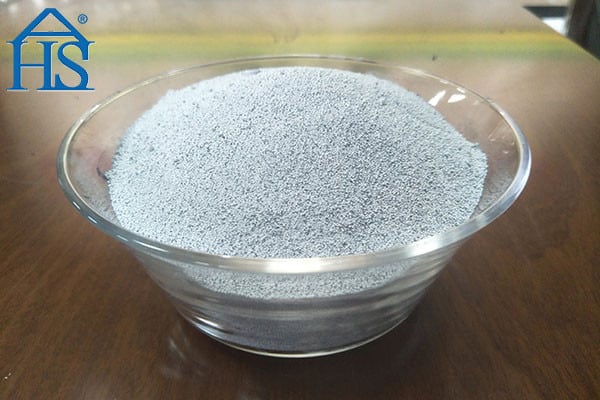Silica fume itself is not classified as dangerous, but it can pose health risks if not handled properly. The primary concern is the potential for inhalation of the fine silica particles, which can lead to respiratory issues. Here are some potential health risks associated with silica fume:
Respiratory Issues
Inhalation of silica fume can cause irritation to the respiratory tract. Prolonged exposure can lead to more serious conditions like silicosis, a lung disease that results from the inhalation of very fine particulates of crystalline silica.
Skin and Eye Irritation
Direct contact with silica fume can cause skin and eye irritation.
Carcinogenicity
Crystalline silica, which is a component of silica fume, has been classified as a human carcinogen by the International Agency for Research on Cancer (IARC). อย่างไรก็ตาม, it’s important to note that silica fume is a non-crystalline form of silica and is not classified as a carcinogen.
Precaution
To mitigate these risks, it’s important to use proper safety equipment when handling silica fume. This can include respirators, protective clothing, and eye protection. นอกจากนี้, workplaces should have proper ventilation and dust collection systems in place to reduce the amount of airborne silica fume.
It’s also important to note that once silica fume is incorporated into a concrete mix, the potential for exposure is greatly reduced. The silica fume is bound within the concrete matrix and is not readily airborne or respirable.




